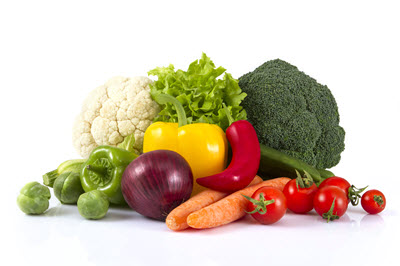
The Canadian Produce Marketing Association president provides his perspective on how the policy could affect the fresh produce sector
By Kate Ayers
Staff Writer
Better Farming
In June, the federal government launched Canada’s first food policy, which is a $134.4-million investment over the next five years.
Through this policy, the government aims to address a range of challenges that the agri-food industry and Canadians face, such as food insecurity, food waste and food illiteracy.
Officials developed the policy with four short-term action areas:
- improve access to healthy food
- promote domestic and international consumption of Canadian food
- support food security in northern and Indigenous communities
- curb food waste
Indeed, “the Food Policy for Canada aims to address food system issues including improving accessibility to safe food for everyone – regardless of geographic or financial situation, growing and promoting healthy eating initiatives, fostering a sustainable and eco-friendly sector, increasing production in order to meet the nutritional needs of all Canadians, and more,” Ron Lemaire, Canadian Produce Marketing Association’s (CPMA) president, says in an email statement to Better Farming.
“With respect to the food policy’s intended goals of increased connections within food systems and improved food-related health outcomes, the fresh fruit and vegetable sector will be heavily relied on to increase production capacity.”

anilakkus/iStock/Getty Images Plus photo
CPMA is a not-for-profit organization that represents companies that market fresh fruits and vegetables in Canada from the farm gate to the dinner plate, the group’s website says.
The push towards healthier food choices for consumers could result in produce sector growth and create more jobs, Lemaire says.
He is pleased with the policy’s focus on increasing consumer trust through a Canadian brand and reducing food waste.
“The areas addressed by the government as key gaps that require action in the short and medium term coincide almost perfectly with the topics CPMA has focused on recently,” Lemaire says.
“Making Canadian food the top choice at home and abroad has always been a guiding principle for our organization, as well as food security and helping Canadian communities access healthy food.”
CPMA and Value Chain Management International (VCMI) developed an online resource that will help CPMA’s members reduce food loss and waste. VCMI’s global consulting team, which is based in Canada, Europe and Australasia, focuses on improving management of the value chains in which they operate, the company’s website says.
“At this time, we are very confident in the direction the Food Policy is headed,” Lemaire says.
“We believe once the Canadian food policy advisory council is formed, with members originating from a variety of backgrounds within the agri-food industry, the government will be well-positioned to continue making sound decisions.”
CPMA seeks a spot on the advisory council.
“Working within the parameters set out by Agriculture and Agri-Food Canada, we hope to work collaboratively with other stakeholders and experts to facilitate positive action in line with the vision of the food policy for Canada,” Lemaire says.
And the organization looks forward to opportunities the policy could create for the produce sector.
“We believe the Food Policy for Canada will positively affect business for our member organizations. As we saw with the release of the new Canada’s Food Guide in January, and as we see in our ‘Half Your Plate’ messaging, fruits and vegetables should account for half your plate at every meal,” Lemaire says.
“If all Canadians were to follow this advice, we would see tremendous growth in our industry. As an association, we will be ready to support this vision through all means necessary.” BF



Post new comment